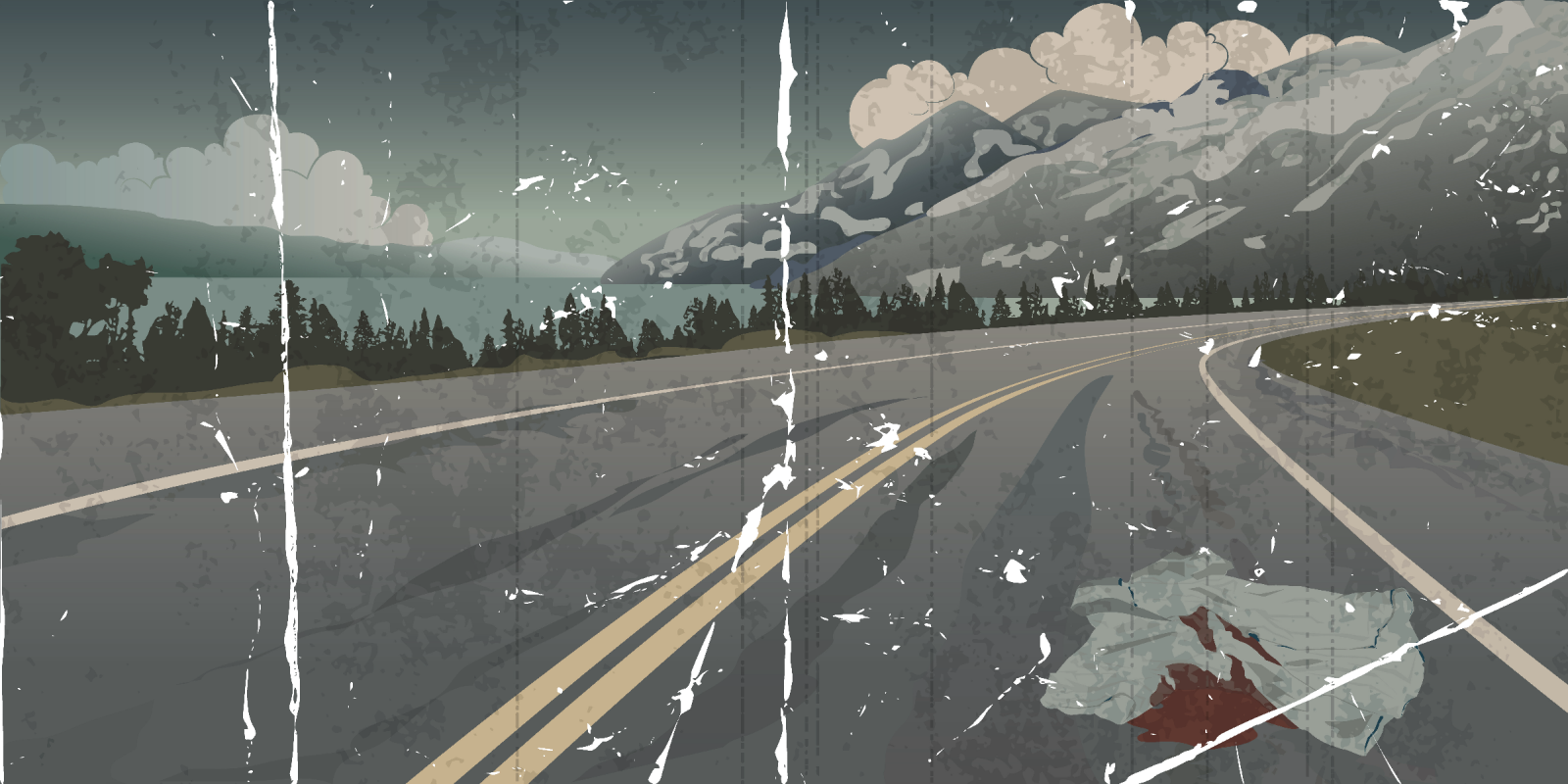Blog Details

Summer Driving
Want to know what causes the most crashes in summer driving and how to be a safer summer driver, if so read on.
Did you know that according to the latest statistics from Alberta Traffic Collision Statistics, drivers on the road are at higher risk of getting into a collision in summer months? In fact, June, July, and August have seen some of the highest fatal collisions out of all months of the year.

Be safe this summer on roads by following proactive driving behaviour.
1. Follow the Speed Limits: - Speed limits are decided by experts based on the possibilities of a hazard and also the time it takes to react and stop. Yes, the roads are usually dry and weather conditions are mostly ideal in summer, but speeding is dangerous all year around. The faster you drive, the greater your risk of losing control and being involved in a crash. Remember the maximum speed posted is under ideal conditions, always drive to condition.
2. Visual lead time: - Look 20 to 30 seconds ahead of your vehicle, doing so will give you more time to perceive, predict, decide and execute in the event an emergency manoeuvre is needed. If you react last minute, the chances of a collision happening increases.
3. Following Distance and Stopping Distance: - A rear end crash, is the leading cause of collisions in Alberta. To avoid a rear end crash you need time and space. The more space you leave, the more time you have to react to sudden braking and the more space you have to stop your vehicle before it hits the one in front of you. To avoid a rear end collision, you need to have 3 to 5 seconds of following distance. Keeping space will not only help us to avoid a crash, but it also helps us to have better visibility to react to other traffic situations. With more space in traffic. we stay relaxed and enjoy our trip.
4. Be Aware of Your Environment: - To be aware of your surroundings, keep checking the mirrors about every 5 to 8 seconds. Doing so will help you to be aware of vehicles coming up around your vehicle. It's important to be aware of vehicles around you, so that if you do need to react in an emergency situation, you will know which lane you can move to or if it is safe to use on your brakes in an emergency. Don't let anyone stay in your blind spot for more than a few seconds and don’t drive in other vehicle blind spots. Keep in mind that if an emergency vehicle with lights activated is coming up from behind, you need to see them from a distance so you can move out of their way and yield. If you stay aware of your surroundings, it will be easy for you to do that.
5. Don’t Hog the Passing Lane: - Drive in the right lanes and leave the left lane for passing traffic, this rule has no speed limit mentioned for a reason. If someone is driving faster than us in a passing lane, we are impeding traffic and we need to move to the right. Don’t continually stay in the left lane and put yourself and others at risk, move into the middle lane or right lane. Remember to leave the left lane as a passing lane. Drive in the lane of least resistance and slower traffic should always keep right. Blocking the passing lane for an extended period of time can result in a long line-up of vehicles, it we will be frustrating to other motorists and result in obstructing traffic.
6. Be Prepared : - We see all the sorts of vehicles on the road in the summer. Vehicles in the summer on road can include, RVs, boat trailers, motorcycles, bicycles, antique cars, sports cars, farm equipment and construction vehicles. If going on vacation this summer, be well rested before you start. Make sure to take frequent breaks along the way, use caution in construction zones and allow more room when passing an RV or trailer. Make sure your vehicle is road ready and before heading out, make sure to check the weather, road conditions, and traffic. Don’t rush through your trip, and allow plenty of time to get to your destination safely.
This Summer Avoid Risky Driving Behaviours like: -
1. Speeding Blog click the link
2. Distracted Driving Blog click the link
3. Driving fatigued Blog click the link
4. Drinking and Driving Blog click the link
5. Road Rage Blog click the link
Facts from the Alberta Traffic Collisions Statistics 2018 report and link to the report.
1. The highest number of fatal collisions occurred in June, August and October. The highest number of injury collisions occurred in January.
2. Friday was the most collision-prone day of the week.
3. The most collision-prone time period was the afternoon rush hour.
4. Casualty rates were highest for persons between the ages of 15 and 24.
5. Male drivers between the ages of 18 and 19 had the highest involvement rate of all drivers involved in casualty collisions.
6. Following too closely, running off the road and making a left turn across the path of an oncoming vehicle were the most frequently identified improper driver actions contributing to casualty collisions.
US NHTSA has similar findings of after analyzing 24 years of stats.
According to a 24-year study of car accidents carried by the
National Highway Traffic Safety Administration:
1. In summer, 29 percent more people die from car crashes than in winters.
2. Teens are the age group most involved in summer car crashes.
3. On average, 260 teens die in car accidents during summers in the US. This is perhaps a 26 percent increase in comparison to other seasons.
4. Every year collisions and wrecks in the summer season cost billions in damage.






_(6).jpg)
